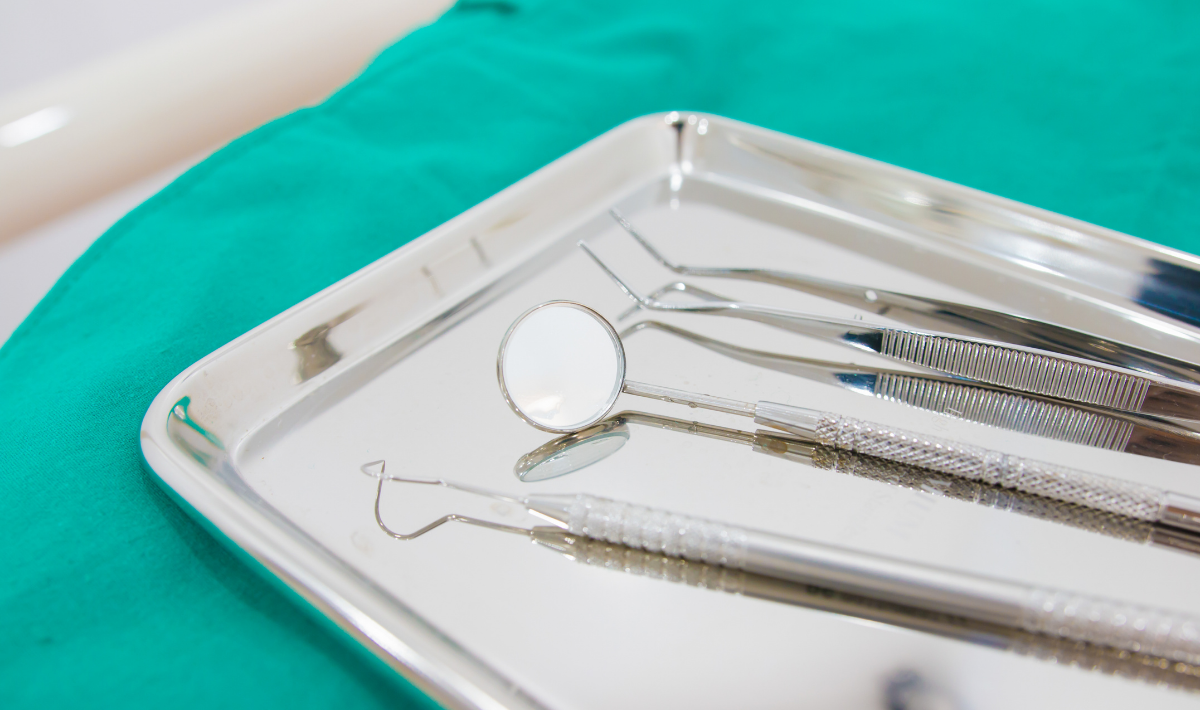Sponsored by Hu-Friedy : The Efficient Clinician : By Mary Govoni
Managing instruments in a dental practice or facility is often taken for granted. Analyzing the steps involved in the use, cleaning, sterilization and storage of instruments reveals that there are a number of issues related to managing instruments that can affect both safety and efficiency in the practice or facility. A well-organized instrument management system can significantly reduce safety risks and enhance the efficiency of delivery of care.
The ideal type of instrument management system is one that facilitates safety for the dental team, protecting the hands of the team members from puncture during transport, cleaning and preparation of the instruments for sterilization. An instrument cassette readily accomplishes these objectives. When instruments are placed in the cassette, the risk of a puncture from sharp, contaminated instruments is eliminated while the instruments are being carried from the treatment room to the sterilization area.
Handling loose instruments during the cleaning process creates another risk for puncture injury, which can also be reduced by the use of cassettes. The entire cassette can be placed in the ultrasonic bath or instrument washer for cleaning, and then be wrapped or packaged for sterilization eliminating the need to handle individual instruments.
While safety is the most important factor to consider when selecting an instrument management system, efficiency and ease of use are certainly an important consideration as well. Studies have demonstrated that utilizing cassettes can significantly reduce the amount of time that dental team members spend processing instruments. The instruments are organized by procedure in a cassette, which serves as the delivery system or tray in the treatment room. Since the instruments are already in the cassette, once a procedure is completed, the assistant or dental hygienist simply closes the cassette, locks it and takes it to the sterilization area.
The instruments are cleaned in the cassette, which is then packaged, placed in the sterilizer and then stored. The need to sort individual instruments and regroup them by procedure is eliminated, saving valuable time. Although some practices bundle and tie instruments for a procedure together for cleaning, this method can prevent the handles of the instruments in the middle of the bundle from being thoroughly cleaned, which can interfere with sterilization. In a cassette, the instruments are separated for efficient and effective cleaning and sterilization.
Yet another benefit of utilizing instrument cassettes is that the instruments are protected during cleaning. Loose instruments in an ultrasonic bath can become scratched or damaged, reducing their useful life.
Developing and implementing a safe and efficient instrument management system should be a critical process for every practice or facility. Research, analysis and experience will demonstrate that cassettes provide the most benefit in terms of both safety and efficiency.
Editor’s Note: Mary Govoni is an internationally recognized speaker, author and consultant on clinical efficiency, ergonomics, OSHA & HIPAA compliance, infection control and team communication




